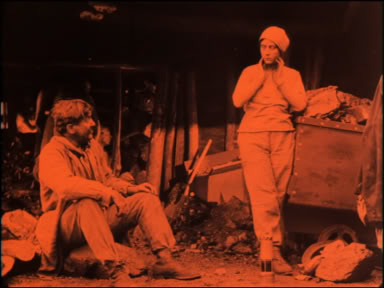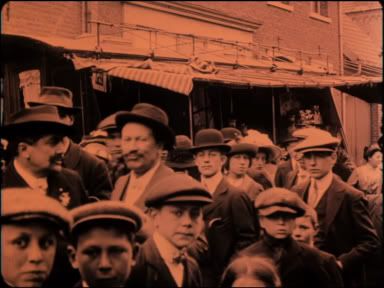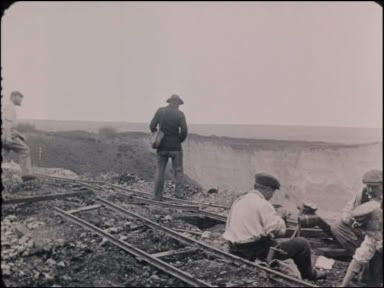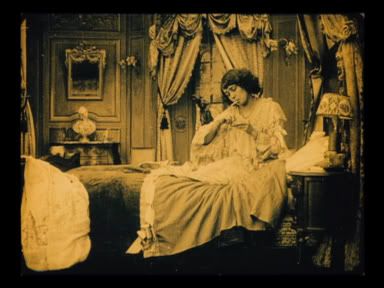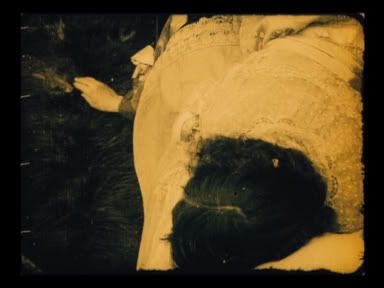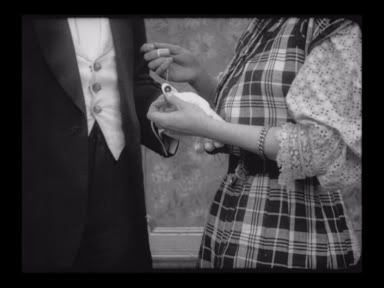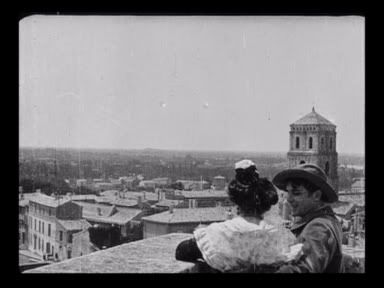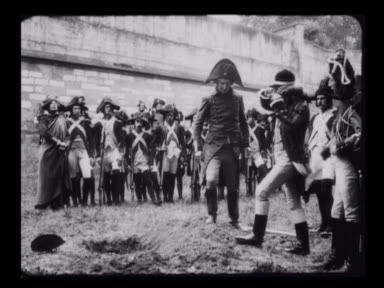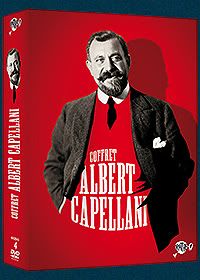
A new boxset of Capellani pictures just came out in France. Pathé just released a 4-DVD box with four features and 7 shorts. Albert capellani was one of the most important directors of teens. He was under contract with Pathé for years before moving to the USA. This box is a great opportunity to discover some great silents which had been unavailable for years.
Here is the review of two features.
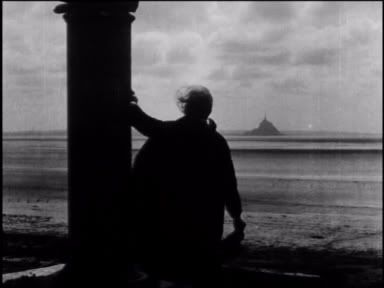
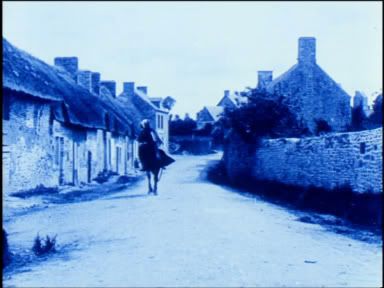
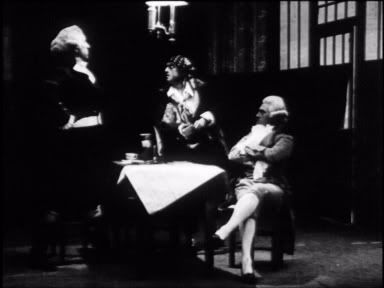
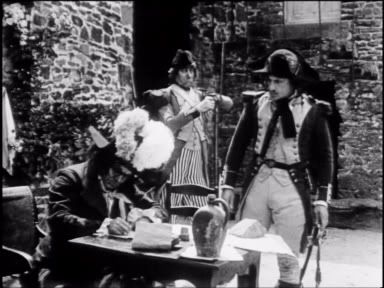
Quatre-vingt-treize (Ninety-three, 1914/1921) by Albert Capellani & André Antoine with Paul Capellani, Henry Krauss and Philippe Garnier
The story takes place in Brittany in 1793 during the Terror. While the Marquess of Lantenac (P. Garnier) joins the Chouans (royalist insurgents), his nephew Gauvain (P. Capellani) becomes a soldier in the Revolutionary army. The third character is the former priest, Cimourdain, who becomes the head of the Revolutionary army. He was the one who opened Gauvain's eyes to the new ideas by giving him Rousseau to read. In this adaptation of Victor Hugo's novel the destiny of the three characters are heading for collision. The film shooting was stopped abruptly by the beginning of WWI. A few years later, André Antoine took over as Capellani was unavailable to finish it as he was in America. The film didn't came out until 1921. Obviously, in the space of 7 years, cinema had moved forward dramatically and Quatre-vingt-treize was undoubtedly dated when it came out. But if we look at it as a 1914 picture, it's a tremendous achievement. The adaptation manages to show the evolution of all three characters and the kind of dilemna they have to face when making decisions. Lantenac is a ruthless royalist. He disguises himself as a Brittany peasant and becomes the chief of a guerilla (the Chouans). He orders the death of women or any man who failed his duty. His nephew Gauvain is the most humane of the three. He spares the life of his enemies several times. Cimourdain can be compared with Lantenac in his blind obedience to the Revolution precepts. Nevertheless, all three will have to modify their point of views later. Lantenac will show humanity when saving the lives of three innocent children, he had himself kidnapped. Gauvain will want to save his uncle and Cimourdain is face with an ever bigger dilemna. Can he send to the guillotine Gauvain whom he considers like a son? The result is a tremendous 2h45 picture with some wonderful Brittany landscapes, but also quite a bit of painted backdrops. Pathé is quite notorious for these compared with Gaumont who always used three-dimensional sets. However, the three lead actors give tremendous performances. Considering that the film contains only one close-up (the final shot), they managed to express their ideals, frustrations and emotions remarkably without any windmill acting. Paul Capellani, Albert's brother, is a moving Gauvain, looking very dashing on his horse. Henry Krauss, who worked in many Capellani pictures, is also a great Cimourdain. It has to be noted that the scene with the three gods (Marat, Danton and Robespierre) was used later again by Gance in Napoléon. Overall a tremendous picture on a par with Germinal.

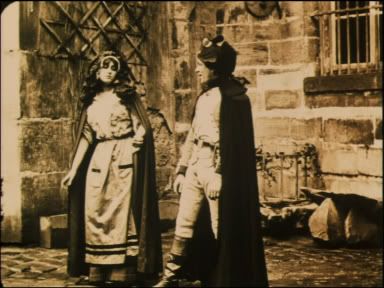
Le Chevalier de Maison-Rouge (The Knight of Maison-Rouge, 1914) Albert Capellani with Paul Escoffier, Marie-Louise Deval, Henri Rollan and Georges Dorival
We are again during the French Revolution shortly before the execution of Marie-Antoinette in 1793. But this Dumas novel is mostly a story of plots, intrigues and love mixed with historical events. The Knight of Maison-Rouge is trying to organise the escape of the Queen. In diguise, he becomes an employee of his brother-in-law, Dixmer. His sister Geneviève, Dixmer's wife, is obviously asked to participate. Sometimes, she is told to do it. She meets a young French officier, Maurice Lindey who saves her and she falls in love with him. As the plot unfolds, their lives will be put at risk. Again, there is some use of painted brackdrops mixed with some superb real locations (like this back alley above). Overall, we are in the world of the serial with many twists and turns. The plotters are virtually uncovered when a jailer finds the message for the Queen inside a carnation. But, stupidly, he lets it escape through the window. The relief is short lived as the Queen's dog makes the jailers discover the entrance to the tunnel. Again, the acting is of very high quality. Unlike the novel which ended tragically (nearly all Dumas' novels end tragically), we have a happy end which looks plausible. The print is a recent restoration and looks extremely good. A really entertaining film.

